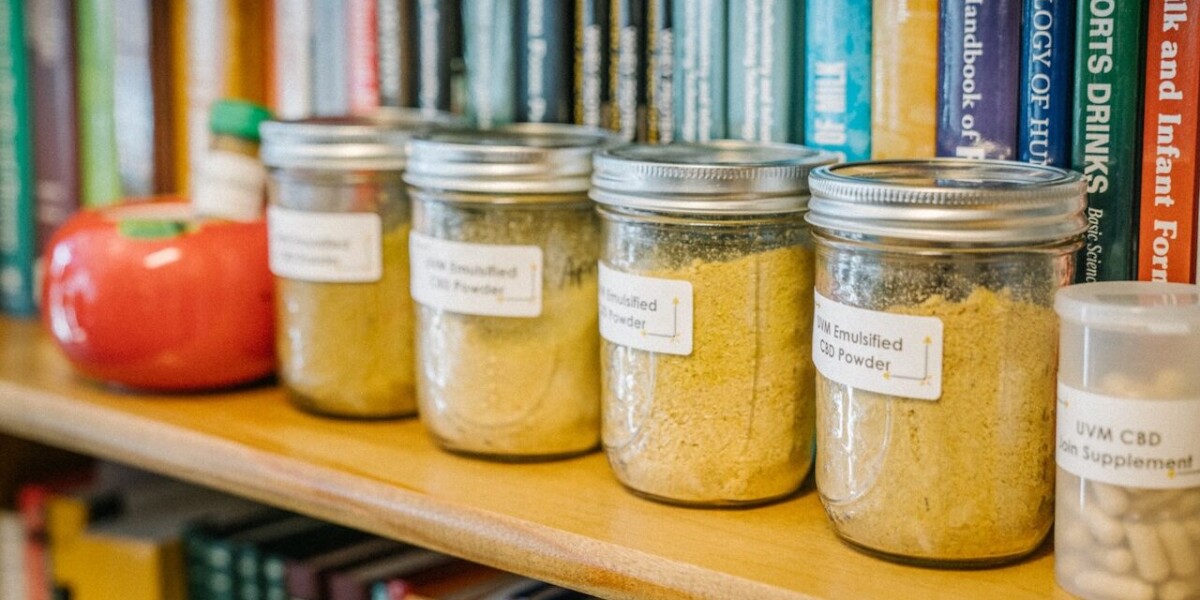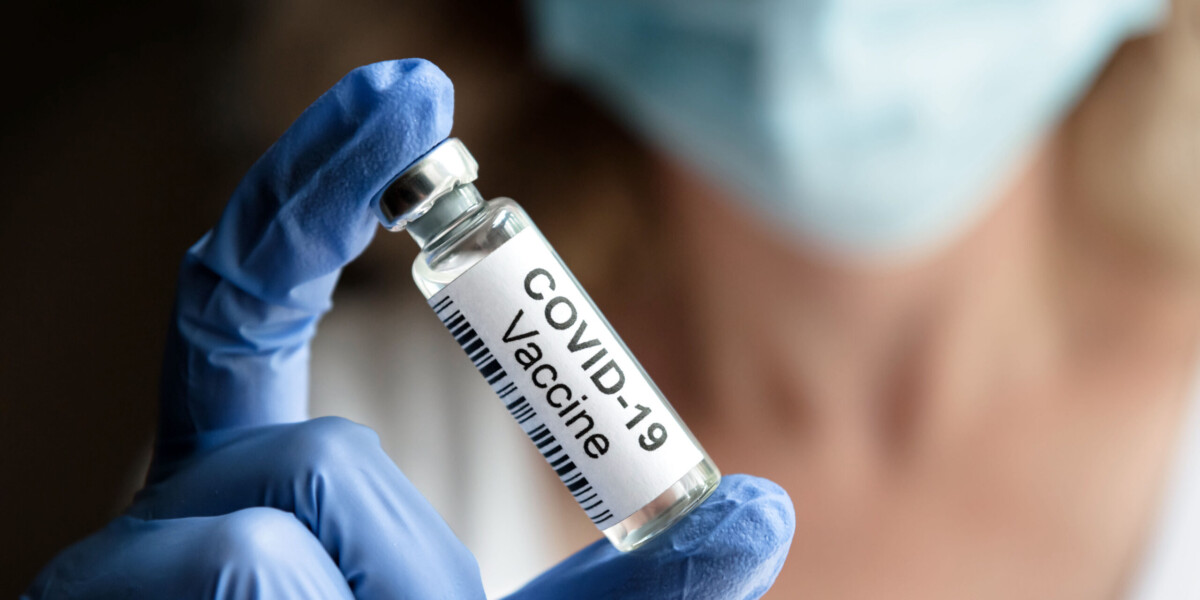The U.S. is in the midst of an unprecedented opioid epidemic, according to the Department of Health and Human Services. Prescription opioid overdoses killed more than 165,000 Americans between 1999 and 2014, and the health and social costs of abusing such drugs are estimated to be as much as $55 billion a year.
An article in Scientific American points out that the opioid problem has led experts to search for a less dangerous alternative for pain relief—and some research is pointing to medical marijuana.
Over the past 15 years, physicians started hearing that patients were using cannabis instead of prescription opioids to manage pain.
Researchers examined whether some states’ legalization of medical cannabis had affected the number of opioid overdose deaths. A study published in 2014 noted that between 1999 and 2010, states that permitted medical marijuana had an average of almost 25 percent fewer opioid overdose deaths each year than states where cannabis remained illegal.
Medical cannabis is unlikely to prove a replacement for opioids in all medical situations. For example, prescribing opioids is relatively uncontroversial in end-of-life care and in treatment of acute pain from cancer, major surgery or broken bones. But for pain not caused by cancer, medical cannabis may prove a better candidate in the long run.
On June 8, Ohio joined 24 other states (including Vermont) and the District of Columbia in legalizing medical cannabis. The U.S. Drug Enforcement Administration considered two state governors’ petitions to reconsider marijuana’s Schedule I status, but ultimately denied the petitions in August. However, the agency announced a policy change that could encourage U.S. research by boosting the number of authorized marijuana manufacturers.
Read the full article here in Scientific American.
Learn more about the UVM Professional Certificate in Cannabis Science and Medicine.




